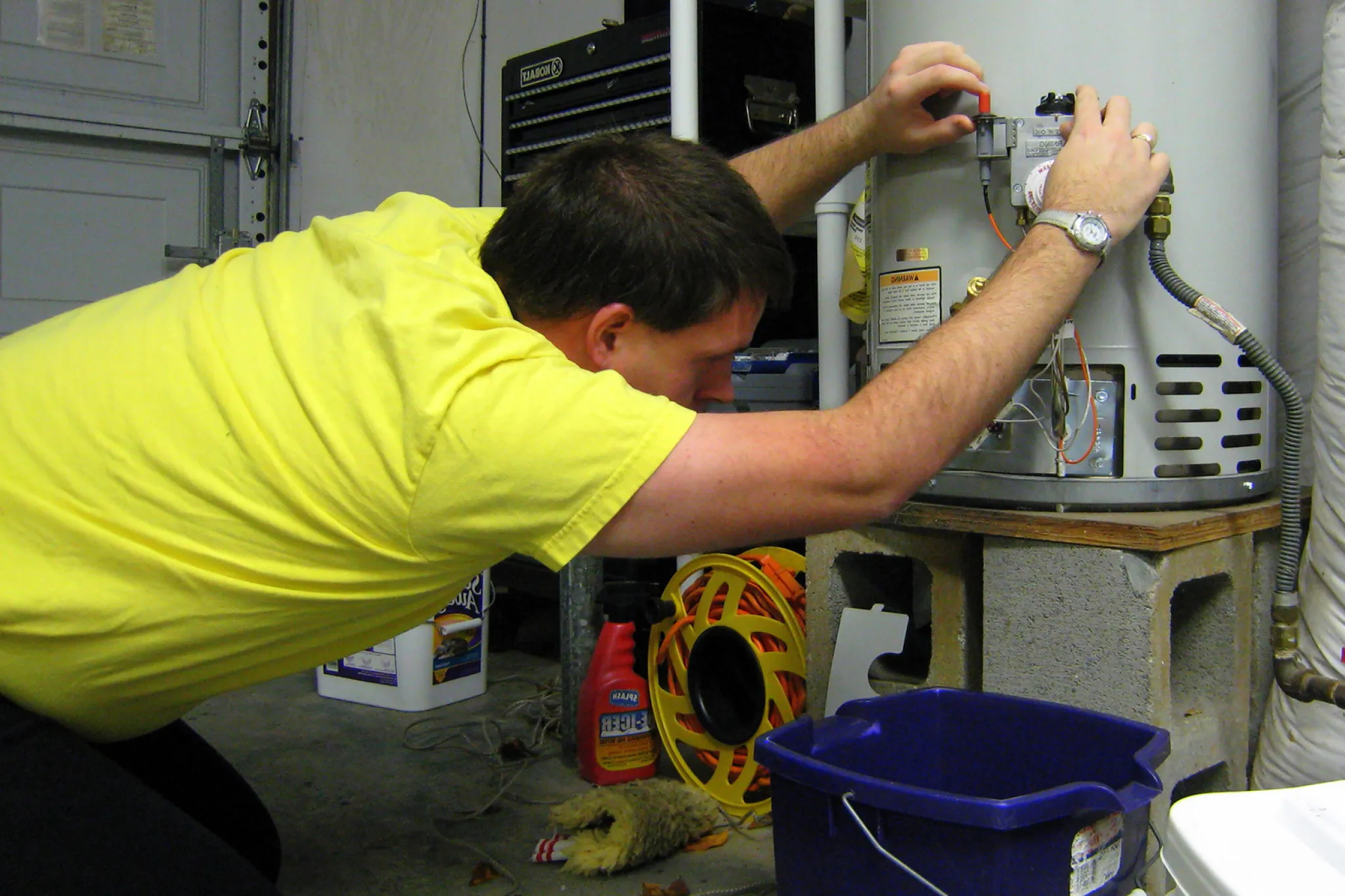Effective Ways to Maintain Your Home's Hot Water System Effectively
Effective Ways to Maintain Your Home's Hot Water System Effectively
Blog Article
Almost everyone seems to have their unique opinion on the subject of Tips on Maintaining a Water Heater.

Hot water is essential for everyday comfort, whether it's for a revitalizing shower or cleaning dishes. To guarantee your hot water system runs successfully and lasts longer, normal maintenance is key. This post provides sensible suggestions and understandings on how to preserve your home's warm water system to avoid interruptions and pricey repairs.
Introduction
Keeping your home's warm water system could seem daunting, however with a couple of basic actions, you can ensure it runs smoothly for many years ahead. This guide covers everything from comprehending your warm water system to do it yourself maintenance suggestions and recognizing when to call specialist help.
Value of Maintaining Your Hot Water System
Normal maintenance not only expands the lifespan of your warm water system yet also guarantees it runs efficiently. Ignoring upkeep can lead to reduced performance, greater energy bills, and even premature failure of the system.
Indications Your Warm Water System Demands Upkeep
Recognizing when your warm water system requires attention can avoid significant concerns. Look out for signs such as irregular water temperature level, strange noises from the heating unit, or corroded water.
Purging the Water Heater
Flushing your hot water heater gets rid of debris buildup, enhancing effectiveness and lengthening its life.
Monitoring and Replacing Anode Rods
Anode rods protect against corrosion inside the tank. Examining and changing them when worn is important.
Complicated Problems Needing Professional Help
Examples include significant leakages, electrical issues, or if your water heater is constantly underperforming.
Regular Specialist Upkeep Conveniences
Expert upkeep can consist of detailed examinations, tune-ups, and making certain conformity with safety standards.
Inspecting and Adjusting Temperature Settings
Readjusting the temperature level settings guarantees optimal efficiency and security.
DIY Tips for Maintenance
You can execute numerous maintenance tasks on your own to maintain your warm water system in leading condition.
Checking for Leakages
Consistently check pipelines and connections for leaks, as these can bring about water damages and higher costs.
Recognizing Your Hot Water System
Prior to diving right into maintenance jobs, it's practical to comprehend the basic parts of your hot water system. Typically, this consists of the water heater itself, pipelines, anode rods, and temperature level controls.
Month-to-month Upkeep Tasks
Routine monthly checks can aid capture minor issues before they rise.
Checking Pressure Relief Valves
Examining the stress relief valve ensures it operates properly and avoids excessive stress accumulation.
Insulating Pipelines
Protecting hot water pipelines minimizes heat loss and can save energy.
When to Call a Specialist
While DIY upkeep is beneficial, some problems require expert proficiency.
Final thought
Normal upkeep of your home's hot water system is essential for performance, durability, and cost financial savings. By following these ideas and knowing when to seek specialist help, you can make sure a reliable supply of hot water without unforeseen disturbances.
How to Maintain an Instant Hot Water Heater
Before tinkering with your hot water heater, make sure that it’s not powered on. You also have to turn off the main circuit breaker and shut off the main gas line to prevent accidents. Also turn off the water valves connected to your unit to prevent water from flowing into and out of the appliance. 2. When you’re done, you have to detach the purge valves’ caps. These look like the letter “T†and are situated on either side of the water valves. Doing so will release any pressure that has accumulated inside the valves while at the same time avoid hot water from shooting out and burning your skin. 3. When the purge valves’ caps are removed, you have to connect your hosing lines to the valves. Your unit should have come with three hoses but if it didn’t, you can purchase these things from any hardware or home repair shops. You can also get them from retail stores that sell water heating systems. Read the user’s manual and follow it to complete this task properly. When the hosing lines are connected, open the purge port’s valves. 4. You should never use harsh chemical cleaners or solutions when cleaning your unit. Make use of white vinegar instead. It should be undiluted and you’ll probably use about 2 gallons. 5. Now flush your water heater. This task should probably take about 40 minutes. We can’t give you specific directions for this because the procedure is carried out depending on the type, model and brand of your heater. With that being said, refer to the user’s manual. 6. When you’re done draining the unit, you have to turn off the purge port valves again. Remove the hosing lines that you earlier installed on each of the water valves. Put the valve caps (purge port) back in their respective places and be very careful so as not to damage the rubber discs that are found inside these caps. 7. Now that everything’s back in place, check your user’s manual again to find out how to reactivate your water heating system. 8. Once it is working, turn one of your hot water faucets on just to let air pass through the heater’s water supply pipes. Leave the tap on until water flows smoothly out of it. https://www.orrplumbing.com/blog/2014/september/how-to-maintain-an-instant-hot-water-heater/

I came across that blog entry about What Kind of Maintenance Do Water Heaters Need? while scouting around the internet. Are you aware of somebody who is excited about the subject? Be sure promote it. We cherish your readership.
Automated Marketing Report this page